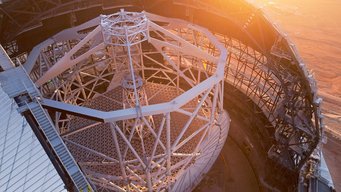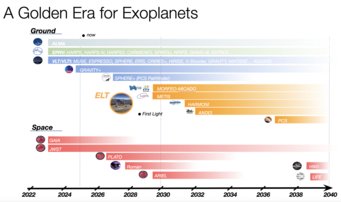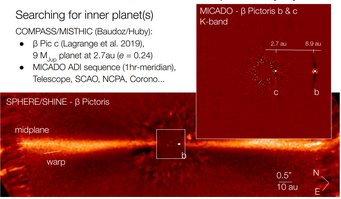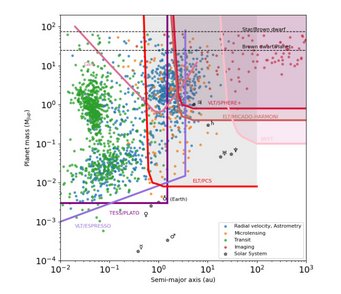ELT, the era of giants
The Extremely Large Telescope represents a major revolution to come in the field of ground-based astronomy and specifically in the field of planetary formation and exoplanets. Our group is deeply involved into the preparation of this science cases in the context of the METIS and PCS instruments that will offer unprecedented vision of planetary systems and exoplanets in the decade to come.
Context & Goals
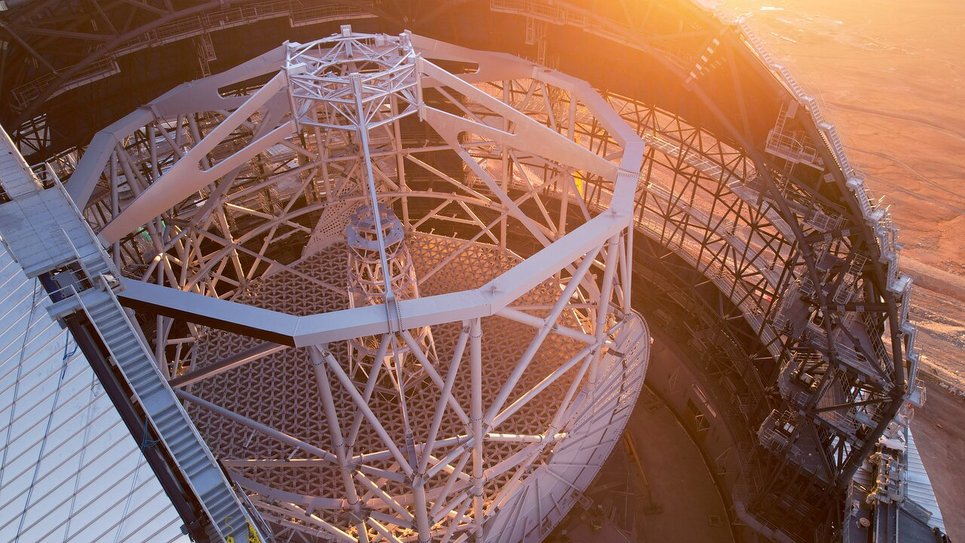
Understanding how giant planets form and evolve, what their internal structure is and what their atmospheres are, is one of the major challenges of modern astronomy, which is directly connected to the ultimate search for life by 2030 - 2040. However, several obstacles in astrophysics (understanding the formation and physics of giant and telluric exoplanets), biological (identification of the best biomarkers) and technological (technical innovations for new generations of telescope and instruments) must be lifted. From an astrophysical point of view, it is indeed crucial to understand the mechanisms of formation and interactions of giant planets which will completely sculpt planetary architectures and therefore dominate the formation of telluric planets, in particular in regions around the host star capable of harboring life. It is also important to develop instrumentation and dedicated techniques allowing to study the population of giant and telluric planets in their entirety, but also to reveal in the near future the first biological markers of life in atmospheres of telluric planets.
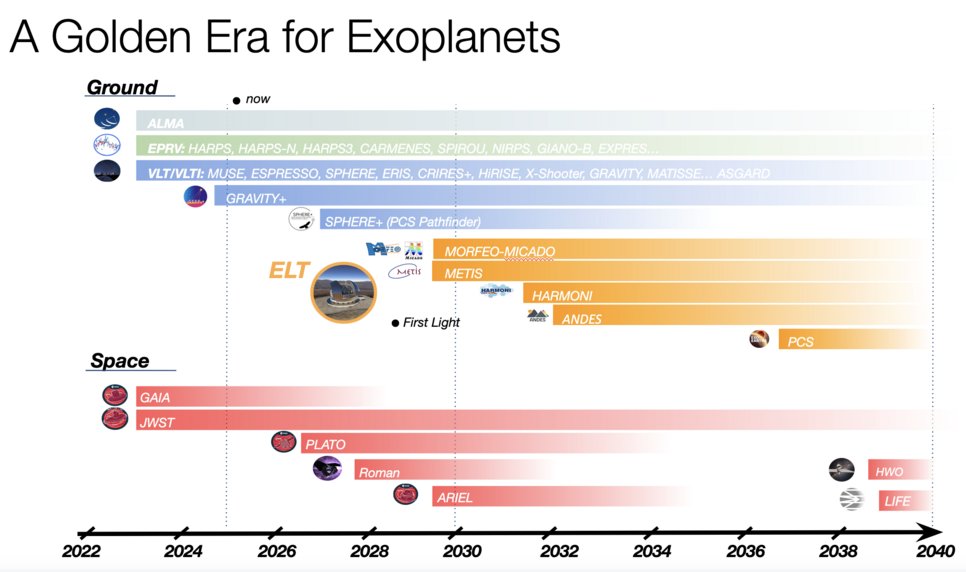
In this perspective, the future decade is rich in instrumental projects in space and on the ground exploiting the different techniques of detection and characterization of exoplanets in a complementary manner (see Timeline). Within 5 to 10 years, these large systematic surveys in imagery, astrometry, velocimetry and transit will make it possible to obtain a virtually complete census of exoplanet systems within a horizon of 100 to 200 pc. The prospect of an obser-vational era will then open up essentially dedicated to the physical and atmospheric characterization of known exoplanets. This phase has already been initiated with Hubble and Spitzer, and with the first imagers of exoplanets on the ground (NaCo, SPHERE, GPI, SCExAO, MagAO-X...) will intensify with the arrival of the JWST space telescope (James Webb Space Telescope, scheduled for 2021) which will offer greater sensitivity in transit and in imaging (Clampin and al. 2010), and will eventually accelerate with the new generation of extremely large telescopes GMT (Shect-man et al. 2010), TMT (Simard et al. 2010) and ELT (McPherson et al. 2012), which despite declining sensitivity, by 2026 will offer a unique spatial and spectral resolution, as well as a variable instrumentation over several decades for the characterization of giant and telluric planets and the search for bio-signatures.
In this rich perspective, we are involved into the early phases of developement and the current scientific preparation of the European ELT, through the defintion of the Topl Level Requirements of the ELT instrumentation with the ESO Project Science Team, and as a member of the science teams of the MICADO, MAORY and HARMONI ELT First Light instruments. We are particularly interested in exploiting the ELT potential toward two main directions of research:
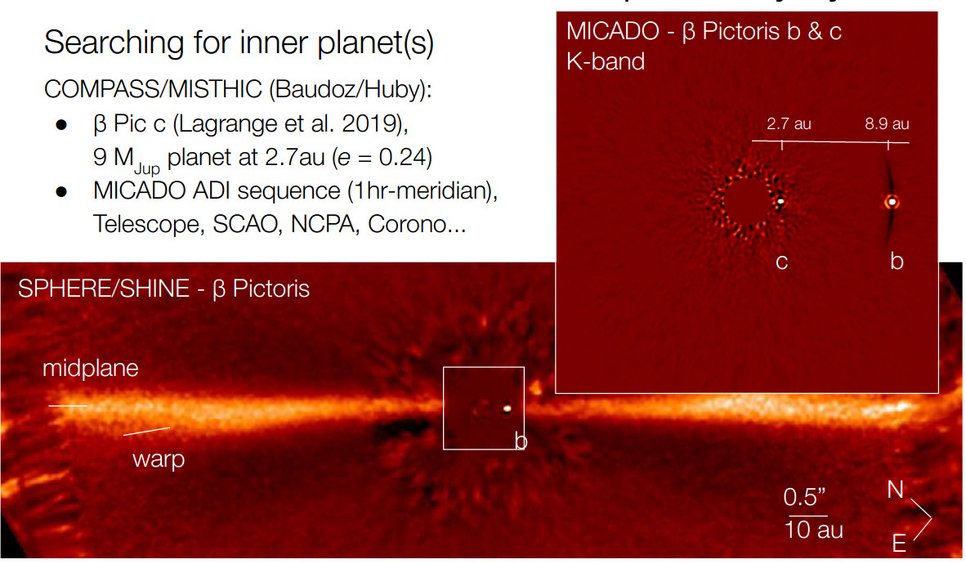
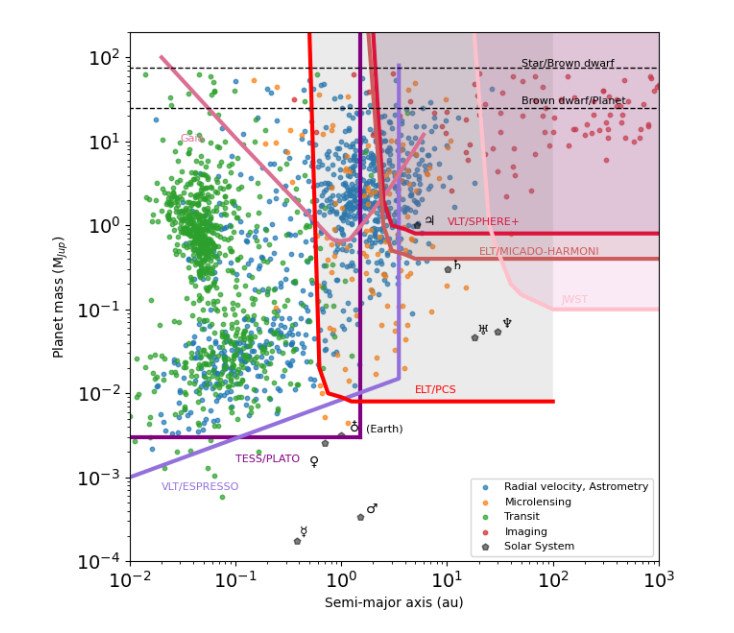
The study of the physical properties and formation processes of giant planets with the ELT first light instruments and particularly METIS, drawing on our expertise in direct imaging and high contrast spectroscopy of the twenty last years combined with an exploitation of other techniques : velocimetry (CRIRES +, ESPRESSO, SPIROU, NIRPS), astrometry (GRAVITY, GAIA) and transit (TESS, CHEOPS, JWST, PLATO), and by preparing and then exploiting the observational domain opened by the first instruments ELT lights, and more particularly by their high contrast mode. With access to contrasts from 106to 107 for angular resolutions of the order of 50 to 100 mas, direct imaging can: i/ be combined with velocimetry and astrometry techniques to study systematically the same planets and thus constrain mass and luminosity which constrain the formation history of these giant exoplanets, ii/ allow a finer characterization of the physics and atmospheres of the planets giant ice creams of the Saturn and Neptune type with separations greater than a few uas. Within the MAORY-MICADO scientific group, we identified in 2017 the importance of scientific cases dedicated to known young systems and to the monitoring of young exoplanet systems that will be discovered with GAIA (Fiorentino, Bellazzini, Ciliegi, Chauvin et al. 2017). As members of the scientific teams of the ELT for METIS and PCS, we work in particular on the instrumental and astrophysical roadmap in the field of exoplanets (Chauvin 2018). This involvement is a necessary second step to familiarize very early with the environment and the performance of the most ambitious man-made ground telescope (size, segmentation, integrated adaptive optics).
The definition and operation of an ELT instrument (PCS) dedicated to exo-Earth imaging with the ultimate goal of obtaining the detection of bio-signatures within 10 to 20 years. This project involves an immediate involvement in innovative techniques combining high contrast and medium/high spectral resolution with the SPHERE+ project (SPHERE major upgraded by ESO in its VLT-2030 and ELT roadmap). By benefiting from the experience acquired with the first ELT instruments dedicated to high contrast (MICADO, MAORY and HARMONI, it is firmly committed to the perspective of developing, building and then operating a extremely adaptive optical instrument PCS on the ELT. The definition, the preparation and the exploitation of an imager dedicated to the ELT which will allow the detection and the characterization of telluric exoplanets of the super-Earth and exo-Earth type in reflected light aiming for ambitious contrasts from 108 to 109 to between 10 and 100 mas. This future instrument will probably have to combine high contrast imaging technique with extremely adaptive optics for ELT and high spectral resolution spectroscopy to reduce the stellar component and separate the planetary atmospheric lines from the telluric and stellar lines. The ultimate goal is of course the search for molecular signatures allowing the detailed study of the structure and dynamics of the atmospheres of giant exoplanets, but particularly that of bio-signatures (O2, O3, CO2, H2O, CH4) in the atmospheres of telluric exoplanets. The experience gained with the SPHERE and SPHERE+ instrument of the VLT and the first-light instruments of the ELT (in their high-conrtast mode) should allow to build this ambitious concept in the near future.
Publications
Publications fully related to the DUSTIES projects:
- Kasper, M., Cerpa Urra, N., Pathak, P., Bonse, M., Nousiainen, J., Engler, B., Heritier, C. T., Kammerer, J., Leveratto, S., Rajani, C., Bristow, P., Le Louarn, M., Madec, P. -Y., Ströbele, S., Verinaud, C., Glauser, A., Quanz, S. P., Helin, T., Keller, C., Snik, F., Boccaletti, A., Chauvin, G., Mouillet, D., Kulcsár, C., & Raynaud, H. -F. 2021, The Messenger PCS — A Roadmap for Exoearth Imaging with the ELT
- Carlotti, A., Vigan, A., Bonnefoy, M., Houlé, M., Chauvin, G., Choquet, E., Rameau, J., & Thatte, N. 2019, SF2A-2019: Proceedings of the Annual meeting of the French Society of Astronomy and Astrophysics Spectroimaging of young planets with ELT-HARMONI
- Chauvin, G. 2018, arXiv e-prints Direct Imaging of Exoplanets at the Era of the Extremely Large Telescopes
- Fiorentino, G., Bellazzini, M., Ciliegi, P., Chauvin, G., Douté, S., D'Orazi, V., Maiorano, E., Mannucci, F., Mapelli, M., Podio, L., Saracco, P., & Spavone, M. 2017, arXiv e-prints MAORY science cases white book
- Chauvin, Gael 2013, Proceedings of the Third AO4ELT Conference The EELT's View of Circumstellar Environments
Collaborators
- METIS consortium: Bernhard Brandl (PI), Felix , Roy van Boekel (IS), Markus Feldt (Co-I), Silvia Scheithauer (deputy PM), Wolfgang Brandner (Calibration), Tomas Bertram (SCAO), OScar Carrion-Gonzalez, Macarena Vega-Pallauta...
- MICADO/MAORY teams at LIRA/IPAG: David Mouillet, Sylvain Douté, Estelle Moraux, Yann Clénet, Paulina Palma-Bifani, Pierre Baudoz, Elsa Huby, Anthony Boccaletti, Raphael Galicher, Clément Perrot...
- ANDES coronograph team at Lagrange/OCA: Andrea Chiavasse (CoI), Philippe Berio (local PM), Mamadou N’Diaye, Adrien Simonnin, Patrice Martinez, Alain Spang...
- PCS R&D roadmap collaboration: Markus Kasper (PI), Norbert Hubin, Silvano Desidera, Benjamin Charnay, Oscar Carrion-Gonzalez, Arthur Vigan...
